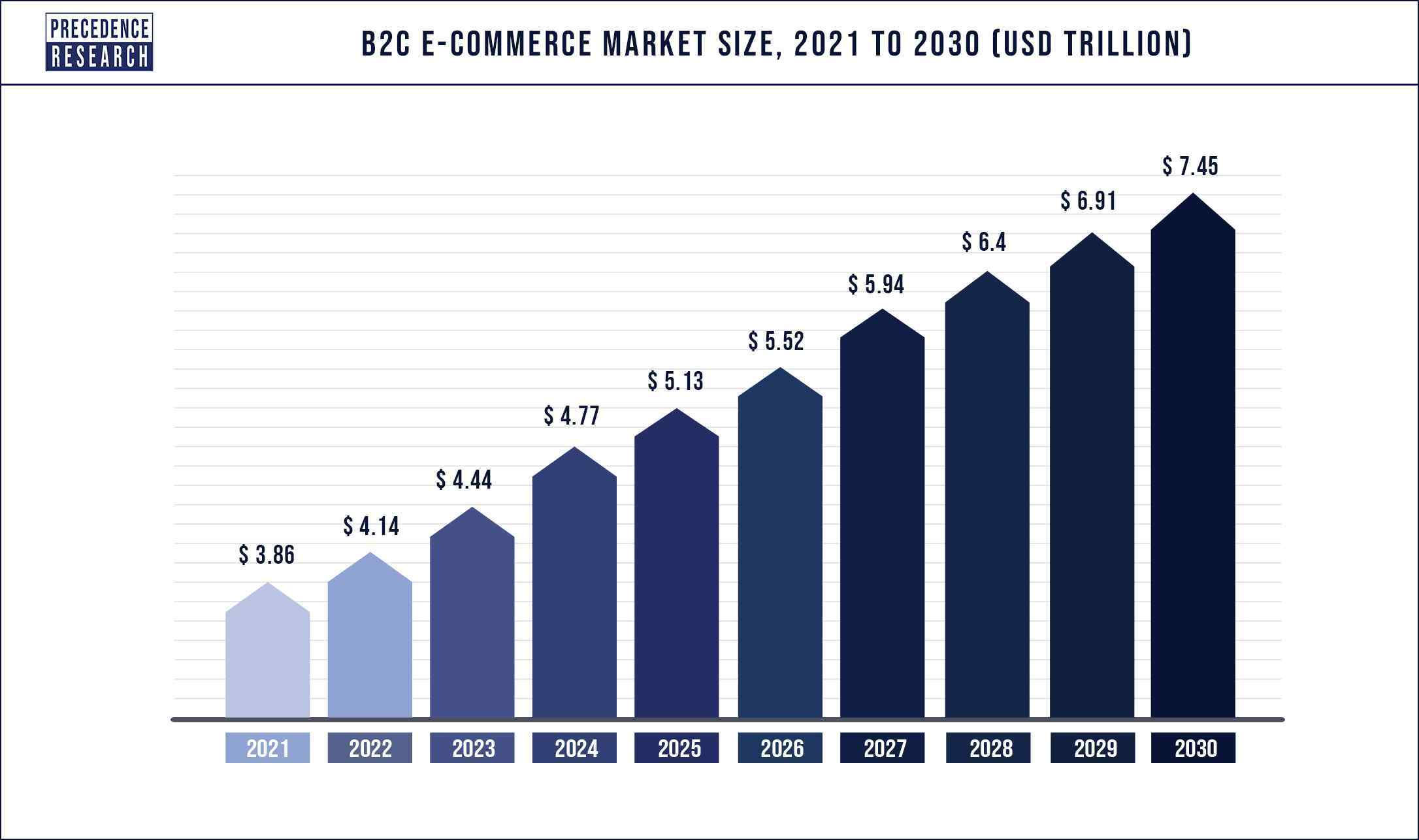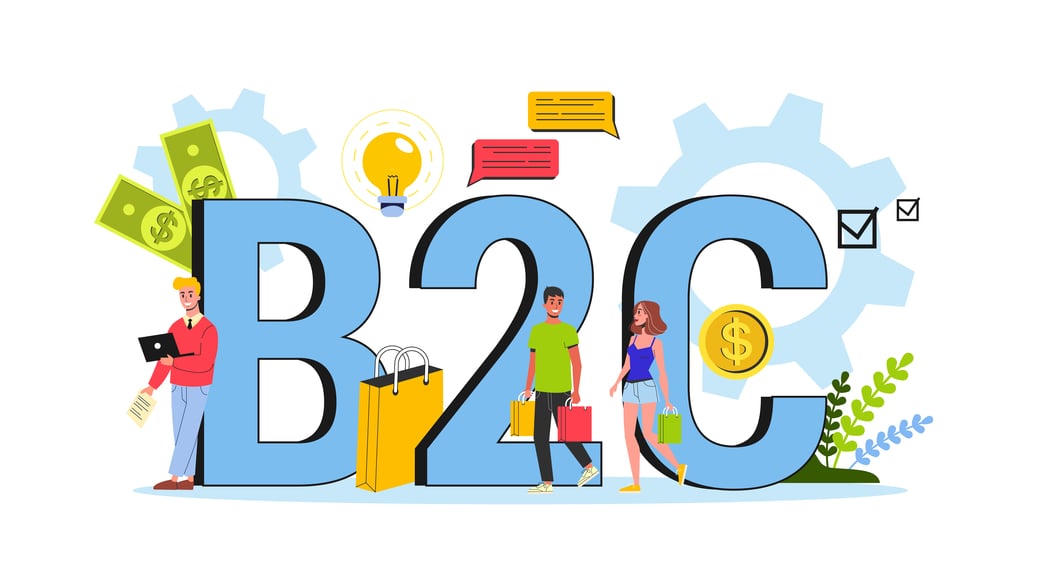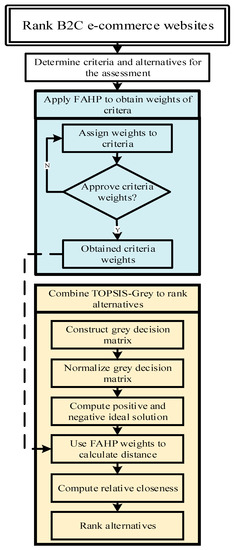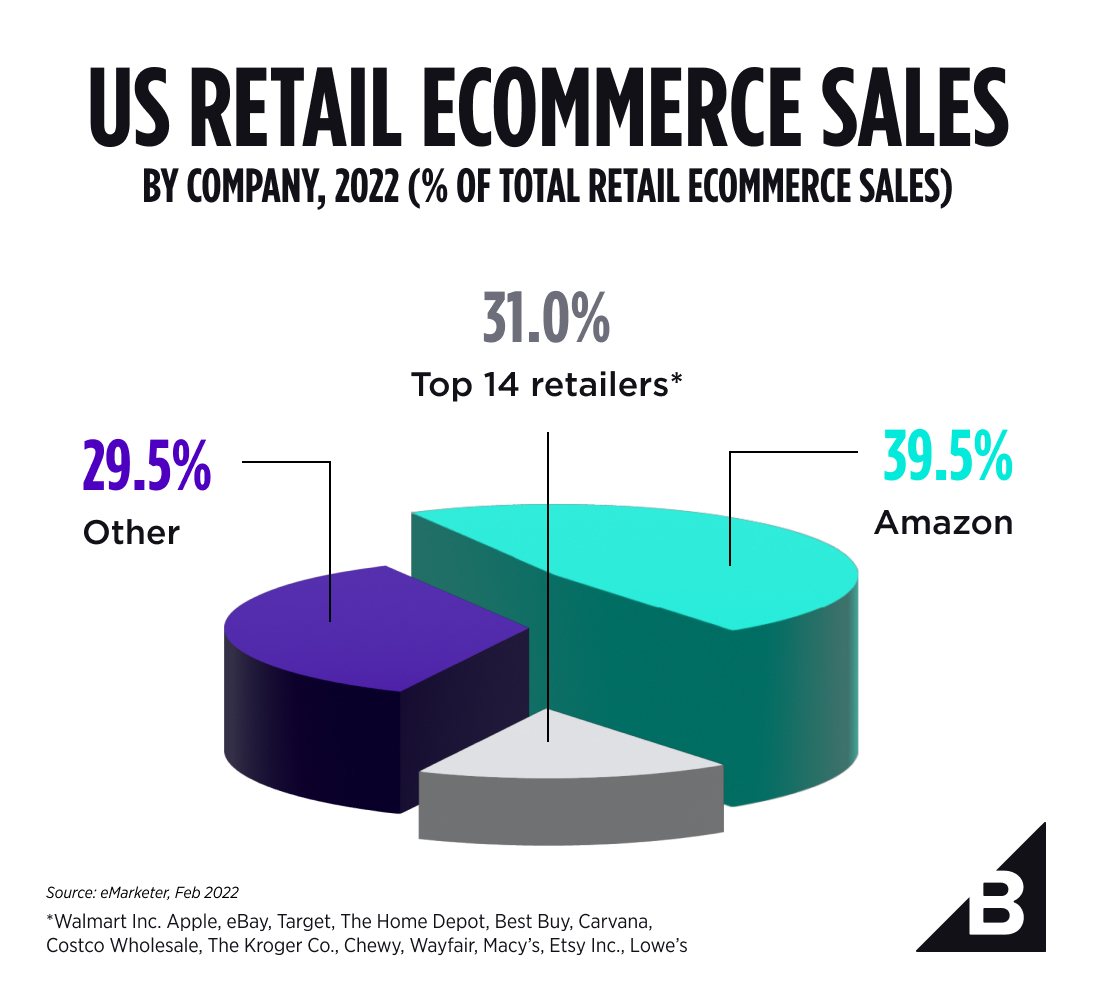e commerce b2c

Introduction to B2C E-commerce
In the digital age, where everything is just a click away, it’s no wonder that B2C e-commerce has experienced exponential growth. But what exactly is B2C e-commerce?
Overview of B2C E-commerce
B2C, or Business-to-Consumer, e-commerce refers to the online transaction of goods and services between businesses and individual consumers. It allows consumers to browse and purchase products directly from businesses through websites or mobile apps. From retail giants to small-scale entrepreneurs, B2C e-commerce has become an essential channel to reach and engage with customers.
Benefits and advantages for consumers and businesses
For consumers, B2C e-commerce offers convenience, variety, and competitive prices. They can shop from the comfort of their homes, access a wide range of products from multiple sellers, and compare prices to make informed decisions. With fast delivery options and secure payment gateways, the entire shopping experience has become seamless and hassle-free.
Likewise, businesses benefit from B2C e-commerce by expanding their customer base, reducing overhead costs, and increasing revenue. They can reach a global audience, gather valuable customer data, and personalize marketing strategies. With the ability to track customer behavior and preferences, businesses can provide customized recommendations and enhance customer satisfaction.
In summary, B2C e-commerce has transformed the way businesses and consumers interact. It has revolutionized the shopping experience, making it more convenient, diverse, and cost-effective. With technology advancing by the day, the future of B2C e-commerce looks promising, and it’s here to stay.

Setting Up a B2C Online Store
Setting up an online store is an exciting venture for any business looking to tap into the e-commerce market. By targeting consumers directly (B2C), you can expand your reach and increase sales. Here are three key points to consider when setting up your B2C online store:
Choosing the right e-commerce platform
Selecting the right e-commerce platform is crucial for the success of your online store. Look for a platform that offers user-friendly features, customizable templates, and seamless integration with your other business tools. Consider popular options like Shopify, WooCommerce, or BigCommerce for a hassle-free setup.
Creating a user-friendly website design
A user-friendly website design is essential to attract and retain customers. Ensure that your website is visually appealing, easy to navigate, and responsive across different devices. Optimize loading times, include clear product descriptions and high-quality images, and make the checkout process simple and secure.
Payment options and secure transactions
Offer a variety of payment options to cater to different customer preferences. This includes credit/debit cards, digital wallets, and alternative methods like PayPal. Make sure your website is equipped with the necessary security measures to protect customer data and ensure safe transactions. Implement SSL certificates and comply with PCI-DSS standards.
By choosing the right platform, creating a user-friendly design, and providing secure payment options, you can build a successful B2C online store that attracts and retains customers. Don’t forget to continuously optimize your website based on customer feedback and market trends to stay ahead of the competition.

Attracting and Engaging Customers
Effective digital marketing strategies for B2C
To successfully attract and engage customers in the B2C e-commerce space, businesses need to implement effective digital marketing strategies. This includes optimizing their website for search engines, utilizing pay-per-click advertising, and creating engaging content such as blog posts, videos, and social media posts.
Utilizing social media and influencer marketing
Social media has become an essential platform for reaching and engaging with B2C customers. By creating compelling social media content and leveraging influencer marketing, businesses can significantly increase their brand visibility and credibility. Collaborating with influencers who have a large and engaged following can help drive traffic and conversions.
Personalization and customer experience
One of the key advantages of e-commerce is the ability to personalize the shopping experience for customers. By collecting data on customer preferences and behavior, businesses can tailor their marketing messages and recommendations. Additionally, providing excellent customer service and investing in user-friendly website design can greatly enhance the customer experience and encourage repeat business.
In summary, attracting and engaging customers in the B2C e-commerce industry requires implementing effective digital marketing strategies, utilizing social media and influencer marketing, and prioritizing personalization and customer experience. By focusing on these areas, businesses can increase their visibility, build customer trust, and drive sales.

Managing Inventory and Fulfillment
When it comes to running a successful B2C e-commerce business, effective management of inventory and fulfillment is crucial. Ensuring that you have the right inventory at the right time and delivering orders efficiently can make or break your business. Here are some key points to consider:
Inventory management techniques and software
To keep your inventory organized and optimized, you need to implement inventory management techniques and use suitable software. These tools can help you track stock levels, monitor product movement, and forecast demand. By having a clear overview of your inventory, you can avoid stockouts, reduce carrying costs, and improve customer satisfaction.
Order fulfillment process and logistics
The order fulfillment process involves receiving orders, picking products, packaging them, and shipping them to customers. It is essential to have an efficient, streamlined process to ensure timely delivery. Consider automating certain steps, using reliable shipping services, and integrating your e-commerce platform with your logistics provider to simplify and speed up the fulfillment process.
Dealing with returns and customer support
Returns and customer support are also crucial aspects of B2C e-commerce. Make sure you have a clear and easy-to-understand return policy in place. Efficiently handle returns, replacements, and refunds to maintain customer satisfaction. Investing in excellent customer support, with channels such as live chat or email, can also go a long way in building trust and loyalty with your customers.
By effectively managing your inventory and fulfillment processes, you can provide a seamless and positive shopping experience for your customers, leading to repeat business and word-of-mouth referrals.

As an e-commerce business owner, building trust and loyalty with your customers is crucial for success.
Importance of building trust in B2C e-commerce
In the world of online shopping, where customers can’t physically see or touch products, trust is paramount. By consistently delivering on your promises, providing excellent customer service, and showcasing positive reviews and testimonials, you can build trust with potential customers and encourage repeat purchases.
Securing customer data and privacy
Protecting customer data is essential in building trust. Implementing secure payment gateways, using encryption technology, and following data protection regulations can help reassure customers that their personal information is safe.
Creating a seamless shopping experience
Offering a seamless and user-friendly shopping experience is crucial. Streamline your website design, optimize for mobile devices, and provide clear product descriptions and images. Make the purchasing process easy and straightforward, and consider implementing features like live chat support to address customer concerns or questions promptly.
By focusing on building trust, securing customer data, and providing a seamless shopping experience, you can establish a strong bond with your customers and foster long-term loyalty to your e-commerce business.

Mobile Commerce and B2C
The rise of mobile shopping
Mobile commerce, or m-commerce, has transformed the way consumers engage with businesses. With the increasing penetration of smartphones and the convenience they offer, more and more people are turning to their mobile devices to make purchases. It is crucial for businesses to recognize this trend and adapt their strategies accordingly.
Optimizing websites for mobile devices
To tap into the potential of mobile commerce, businesses need to optimize their websites for mobile devices. This means ensuring that the design is responsive, navigation is user-friendly, and the checkout process is seamless. By providing a positive and hassle-free mobile shopping experience, businesses can attract and retain customers.
Mobile payment solutions
Mobile payment solutions have also played a significant role in the growth of mobile commerce. Consumers now have various options such as mobile wallets, contactless payments, and digital payment platforms. Businesses need to offer these payment options to cater to the preferences of their customers and provide a secure and convenient payment experience.
In conclusion, mobile commerce has become a prominent channel for B2C businesses. By embracing this trend and optimizing their websites for mobile devices, businesses can tap into a vast audience and provide a seamless shopping experience. Additionally, offering mobile payment solutions will further enhance customer satisfaction and drive sales.

Analytics and Optimization
Tracking and analyzing customer behavior
In the world of B2C e-commerce, understanding customer behavior is crucial for success. By tracking and analyzing customer data, businesses can gain insights into purchasing patterns, preferences, and trends. This information can be used to personalize marketing messages, improve product offerings, and enhance the overall customer experience. Utilizing tools like Google Analytics or customer relationship management (CRM) systems can help businesses collect and analyze data, making informed decisions based on customer behavior.
Conversion rate optimization
To maximize sales and revenue, B2C e-commerce businesses need to focus on optimizing their conversion rates. This involves analyzing the customer journey from landing on the website to making a purchase and identifying areas for improvement. By implementing tactics such as improving website design, streamlining the checkout process, and offering personalized product recommendations, businesses can increase the likelihood of conversion. Testing different strategies and measuring the impact on conversion rates can help identify the most effective tactics for increasing sales and revenue.
B2C e-commerce, also known as business-to-consumer e-commerce, is the online sale of goods and services from businesses to individual consumers. It is the most common type of e-commerce and accounts for the majority of global e-commerce sales.
B2C e-commerce businesses can sell a wide variety of products, including physical goods, digital goods, and services. Some common examples of B2C e-commerce businesses include:
- Online retailers, such as Amazon, Walmart, and Target
- Online marketplaces, such as eBay and Etsy
- Subscription services, such as Netflix and Spotify
- Food delivery services, such as Uber Eats and DoorDash
- Travel booking websites, such as Expedia and Booking.com
B2C e-commerce offers a number of benefits for both businesses and consumers. Businesses can reach a global audience with their products and services, and they can operate 24/7. Consumers have a wider selection of products to choose from, and they can shop from the comfort of their own homes.
Here are some of the key trends in B2C e-commerce:
- The rise of mobile commerce: More and more people are shopping online from their mobile devices. Businesses need to make sure their websites and online stores are optimized for mobile.
- The growth of social commerce: Social media platforms are increasingly being used for shopping. Businesses need to have a strong social media presence and use social commerce tools to sell their products and services.
- The increasing popularity of subscription services: Subscription services are becoming increasingly popular, as they offer convenience and value to consumers. Businesses need to consider offering subscription services to meet the needs of their customers.
- The rise of artificial intelligence (AI): AI is being used in a variety of ways to improve the B2C e-commerce experience, such as product recommendations, personalized search results, and fraud prevention. Businesses need to adopt AI technologies to stay ahead of the competition.
B2C e-commerce is a rapidly growing industry, and it is expected to continue to grow in the years to come. Businesses that want to succeed in this market need to stay up-to-date on the latest trends and technologies.
